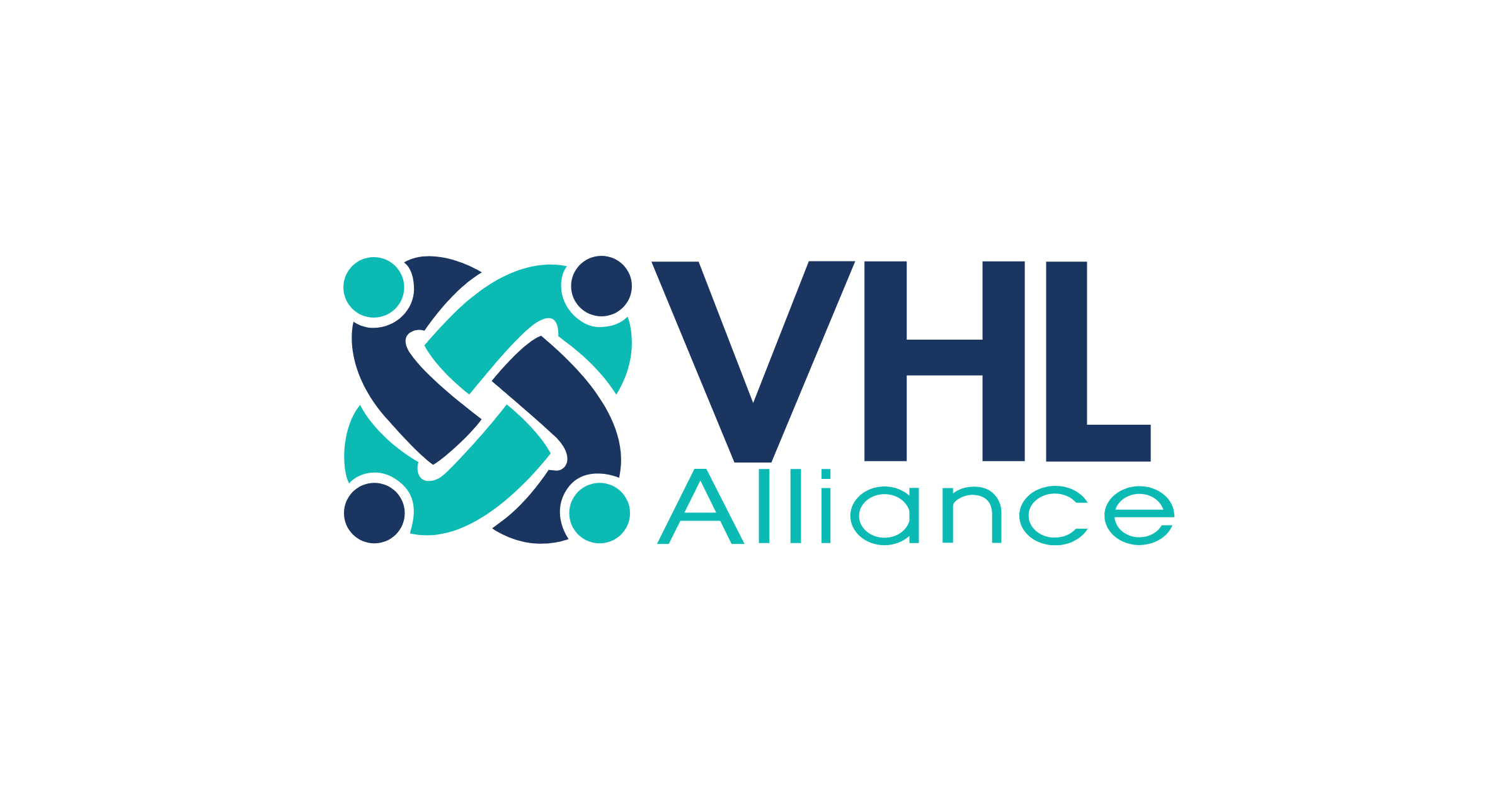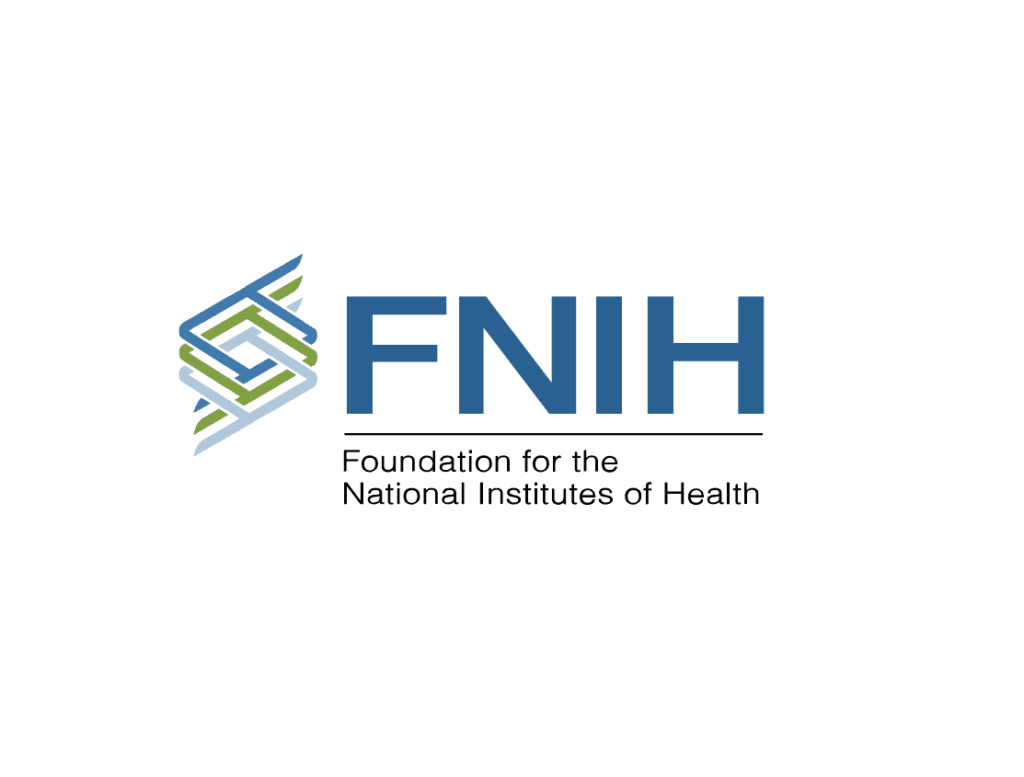

Guest Post: Did you know that May is VHL Awareness month?
By: Janet Thompson, Executive Director, VHL Alliance
Von Hippel-Lindau disease, or VHL, is one of more than 7,000 known inherited rare disorders. It is a disease caused by a mutation in the VHL gene, which normally prevents tumor growth. The mutation to this gene prevents it from working properly, resulting in the increased likelihood of developing tumors in ten different organs, some of which can become metastatic. VHL is different from other conditions in a few ways: it has no single primary symptom, it does not manifest exclusively in one organ, and onset does not always begin in a particular age group.
Here at the VHL Alliance, we’re proud to use May Awareness Month to highlight inspiring stories from our community and emphasize the importance of research funding for VHL focused initiatives.
How can VHL research have a global impact on treating cancer?
Dr. William Kaelin, who was awarded the 2019 Nobel Prize in Medicine, described the importance of the VHL gene, not just in the context of VHL disease, but for other diseases as well, including different types of cancer and cardiovascular disease. He showed that VHL research has the potential to change the lives of millions. In fact, to date, VHL research has led to the development of nine different life saving cancer drugs.
Who does VHL affect?
Approximately 1 in 36,000 people have VHL, affecting males and females and all ethnic groups equally and occurring in all parts of the world. About 87% of all people with VHL will develop at least one manifestation by the age of 60. Appearance and severity of manifestations are so variable that some people may have only relatively mild issues, while others may have much more serious ones. Even in the same family, people may show different manifestations of VHL, with varying severity.
How is VHL treated?
There are no universal treatment recommendations for VHL; treatment options can only be determined by careful evaluation of the individual patient’s total situation—symptoms, test results, imaging studies, and general physical condition. Treatments usually involve the removal of potentially malignant tumors before they become harmful to other tissues.
Since it is impossible to predict exactly which VHL manifestations each person will have and at what age, it is important to continue to check for all the possibilities throughout a person’s lifetime by following the VHL Surveillance Guidelines. Due to its complex nature, VHL may not be recognized for many years. However, with careful monitoring, early detection, and appropriate treatment, the most harmful consequences of VHL can be greatly reduced, or in some cases even prevented entirely.
How does the VHL Alliance work with the VHL Community?
The VHL Alliance runs a variety of initiatives designed to support the VHL community.
- Monthly call groups for VHL patients, caregivers, parents, and low/no Vision community members
- Curating in person events designed to connect people affected by VHL
- Hosting a biennial Medical Symposium to bring together VHL researchers worldwide
- Distributing grants for VHL research
- Advocating for federal research funding
- Recognizing a network of VHL Clinical Care Centers to improve patient access to coordinated expert care
- Connecting medical professionals treating people with VHL via the monthly virtual VHL Tumor Board
- And much more!
How can I learn more?
If you’d like to learn more about VHL and the VHL Alliance, please visit our website and subscribe to our newsletter. May is an exciting time for our community as we are highlighting the stories that make us unique!
- Click here to read about Jacq Zarro’s journey as an advocate for VHL research.
- Learn more about the how and why of VHL Awareness month here.
- Meet Isaiah, a member of the VHL community competing on NBC’s American Ninja Warrior this summer!
The VHL Alliance is a member of the National Health Council. For more information on NHC membership, please email membership@nhcouncil.org.


